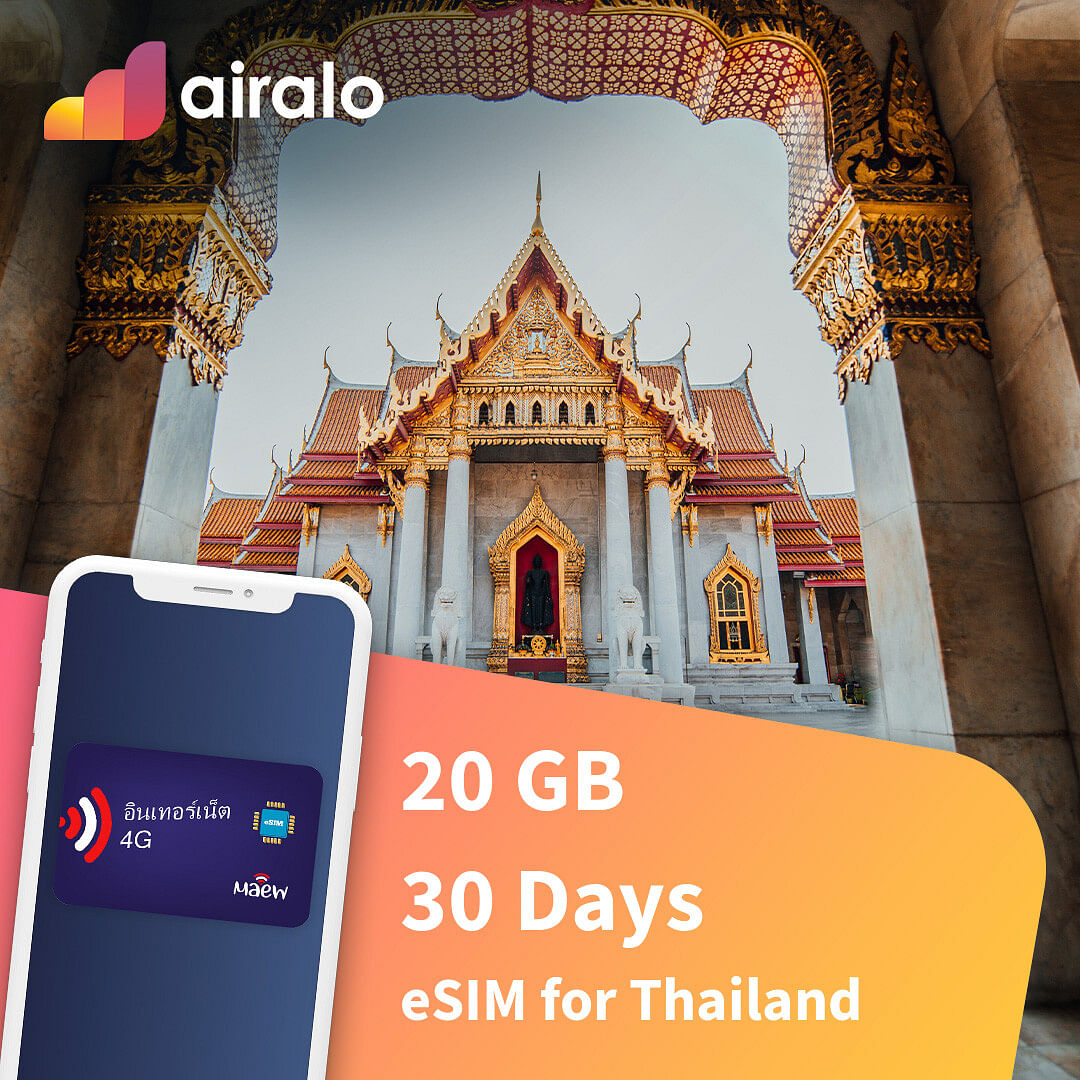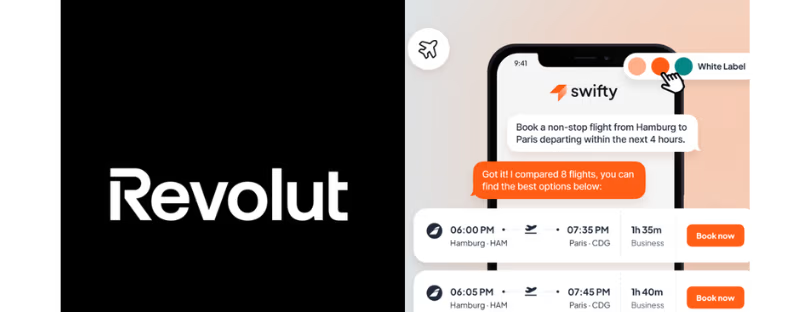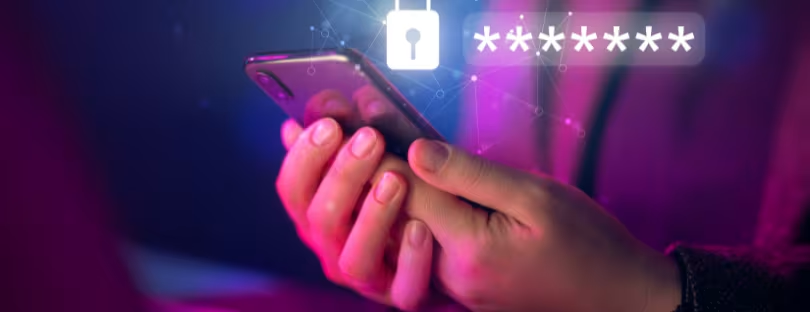
From Niche to Necessary: How QR Codes Took Over the World
At Alertify, we often talk about QR codes in the context of eSIM activation—a quick scan, and your device is instantly connected. But while QR codes have become essential in the world of digital connectivity, their role extends far beyond telecom. From contactless payments in Asia’s bustling markets to seamless check-ins at global hotels, QR codes have quietly become one of the most versatile digital tools of the decade.
A recent report by Valuates underscores just how far this technology has come. The global QR code solution market was valued at $1.17 billion in 2024, and is expected to more than double by 2031, reaching nearly $2.5 billion. That’s a steady compound annual growth rate (CAGR) of over 11%, driven by widespread demand across sectors like retail, logistics, marketing, and hospitality.
Asia-Pacific Is Leading the Charge
While QR codes are gaining ground globally, it’s the Asia-Pacific region that’s spearheading adoption and innovation. Markets like China, India, Indonesia, Thailand, and Singapore have embraced QR codes as part of daily life. Whether it’s scanning to pay for street food, using QR codes to board public transport, or integrating them into delivery and warehouse systems, QR functionality is deeply embedded into the region’s digital infrastructure.
Government initiatives have also played a key role. India’s Unified Payments Interface (UPI) and Indonesia’s QRIS system are examples of how national strategies are pushing QR adoption forward—making interoperable QR payments possible across banks, wallets, and even countries.
This regional momentum is having a global impact, influencing how businesses think about mobile-first interactions and frictionless commerce.
 From Menus to Supply Chains: The Ubiquity of QR
From Menus to Supply Chains: The Ubiquity of QR
In the wake of the pandemic, QR codes exploded into mainstream use, especially in industries looking for contactless solutions. Restaurants moved to QR menus. Hotels adopted them for digital check-ins. Museums used them for self-guided audio tours. But that’s just scratching the surface.
Retail is currently the largest application segment, accounting for over 40% of global QR code use. QR codes link shoppers to product information, coupons, or online checkout with a single scan—bridging physical and digital retail experiences. At the same time, logistics and supply chain players use QR labels to track inventory, monitor shipments, and optimize warehouse operations in real time.
Meanwhile, vCard QR codes are gaining popularity in professional settings, replacing traditional business cards with digital, scannable contact profiles that are both sustainable and more reliable.
Static vs. Dynamic: Why It Matters
Not all QR codes are created equal. While static QR codes have fixed content (once created, the data can’t be changed), dynamic QR codes offer a more sophisticated solution. They allow businesses to update the destination URL, track usage, and gather behavioral analytics—all from the same printed code.
That flexibility is a game-changer for marketers, event organizers, and any business that wants to personalize user journeys or monitor campaign performance. It’s also why the dynamic QR code segment is forecast to grow in lockstep with the wider market, reaching over $2.38 billion globally by 2031.
Key Players and Competitive Landscape
The market is fragmented but competitive, with major players like QR TIGER, Bitly, DENSO WAVE, and Flowcode leading the way. Together, the top companies hold just under 20% of the global market, leaving plenty of space for startups and specialized providers to grow.
The future is likely to see more industry-specific QR code platforms, integrated with analytics, CRM systems, and mobile wallets. Expect more offerings focused on security, access control, and offline functionality, especially in developing regions with inconsistent internet access.
What This Means for the Travel & Tech Sectors
For travel businesses, QR codes have become an indispensable tool. Airlines use them for boarding passes. Hotels for room service menus. Tour operators for self-guided experiences. And of course, as we frequently highlight at Alertify, eSIM providers use QR codes to deliver instant connectivity, no matter where the traveler is headed.
But there’s untapped potential. Imagine QR codes on luggage tags that help track lost bags in real time. Or destination-specific QR codes that provide city guides, translation tools, or emergency contact info—all tailored to a traveler’s itinerary.
The convergence of QR tech, mobile payments, logistics, and real-time customer engagement opens up endless opportunities for those willing to innovate.
Final Thoughts
The QR code has evolved from a basic black-and-white square into a critical interface for the digital world. In regions like Asia-Pacific, it’s already reshaping how people pay, move, shop, and communicate. And as the global market expands, businesses across all industries—not just telecom—need to rethink how they’re using this simple yet powerful tool.
For those in travel, retail, and logistics, the message is clear: Don’t just use QR codes—make them work smarter.





 From Menus to Supply Chains: The Ubiquity of QR
From Menus to Supply Chains: The Ubiquity of QR




